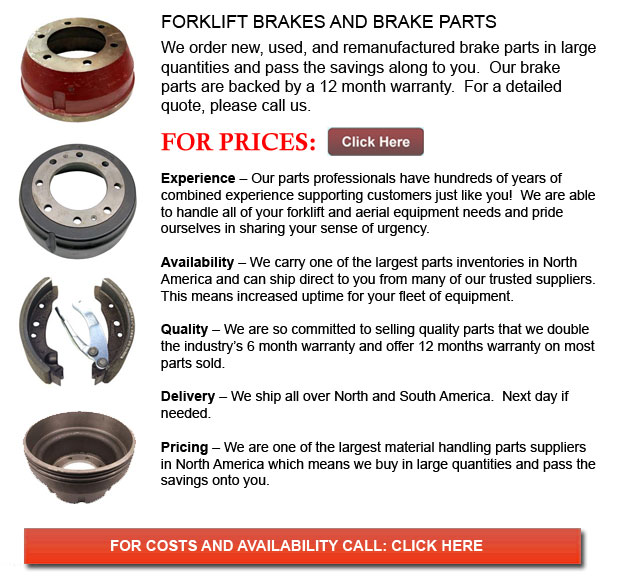
Forklift Brakes - A brake drum is where the friction is supplied by the brake shoes or brake pads. The pads or shoes press up against the rotating brake drum. There are a few various brake drums kinds with certain specific differences. A "break drum" would normally refer to if either pads or shoes press onto the inner surface of the drum. A "clasp brake" is the term used so as to describe when shoes press next to the exterior of the drum. Another type of brake, known as a "band brake" makes use of a flexible band or belt to wrap all-around the outside of the drum. Whenever the drum is pinched in between two shoes, it can be referred to as a "pinch brake drum." Like a conventional disc brake, these types of brakes are quite rare.
Old brake drums, prior to 1955, needed to be consistently modified so as to compensate for wear of the drum and shoe. "Low pedal" could cause the needed modifications are not carried out sufficiently. The vehicle can become dangerous and the brakes could become useless whenever low pedal is combined with brake fade.
There are several different Self-Adjusting systems meant for braking on the market today. They can be classed into two separate categories, the RAD and RAI. RAI systems are built-in systems that help the apparatus recover from overheating. The most popular RAI makers are AP, Bendix, Lucas, and Bosch. The most famous RAD systems comprise AP, Bendix, Ford recovery systems and Volkswagen, VAG.
The self adjusting brake would usually only engage if the vehicle is reversing into a stop. This method of stopping is suitable for use whereby all wheels utilize brake drums. Disc brakes are utilized on the front wheels of vehicles nowadays. By working only in reverse it is less possible that the brakes will be applied while hot and the brake drums are expanded. If adjusted while hot, "dragging brakes" could happen, which raises fuel intake and accelerates wear. A ratchet mechanism that becomes engaged as the hand brake is set is one more way the self repositioning brakes can operate. This means is only suitable in functions where rear brake drums are utilized. When the parking or emergency brake actuator lever exceeds a certain amount of travel, the ratchet advances an adjuster screw and the brake shoes move in the direction of the drum.
Placed at the base of the drum sits the manual adjustment knob. It can be tweaked making use of the hole on the other side of the wheel. You will have to go under the vehicle together with a flathead screwdriver. It is really significant to adjust every wheel equally and to be able to move the click wheel correctly because an unequal adjustment may pull the vehicle one side during heavy braking. The most efficient way to be able to ensure this tedious task is done carefully is to either raise each and every wheel off the ground and spin it manually while measuring how much force it takes and feeling if the shoes are dragging, or give every\each and every one the same amount of manual clicks and then perform a road test.
![]() Click to Download the pdf
Click to Download the pdf
Forklift Parts
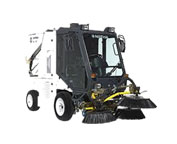


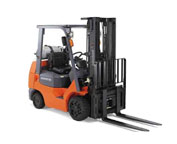
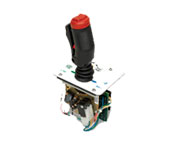
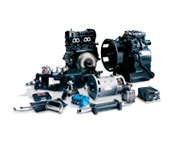
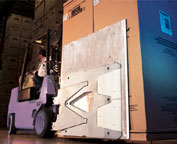
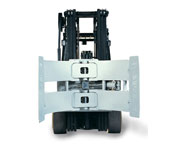
Lift Parts Express
TOLL FREE: 1-888-695-7994
LOCAL: 831-269-3442
784 Northridge Center 101
Salinas, California
forkliftpartssalinas.com
Email Us
About Us


